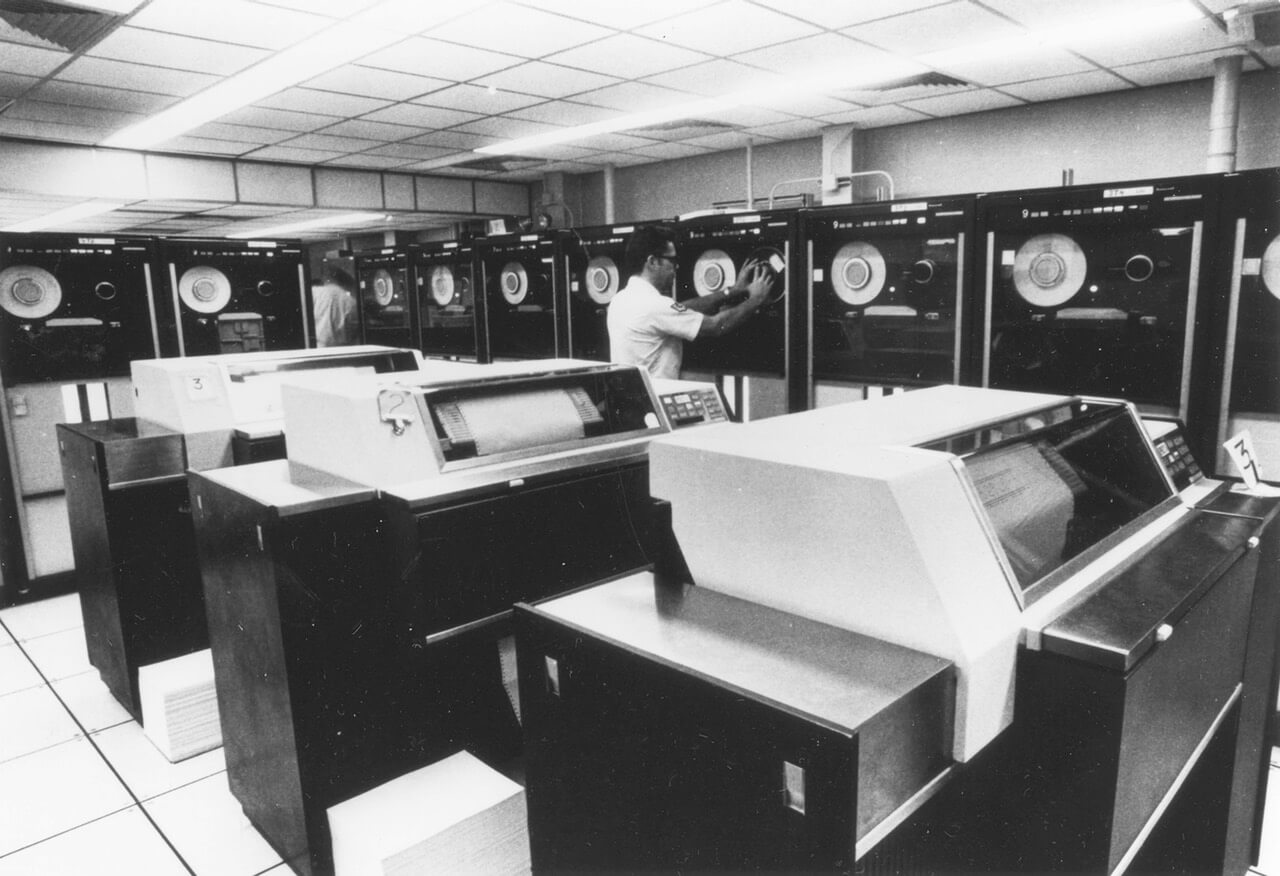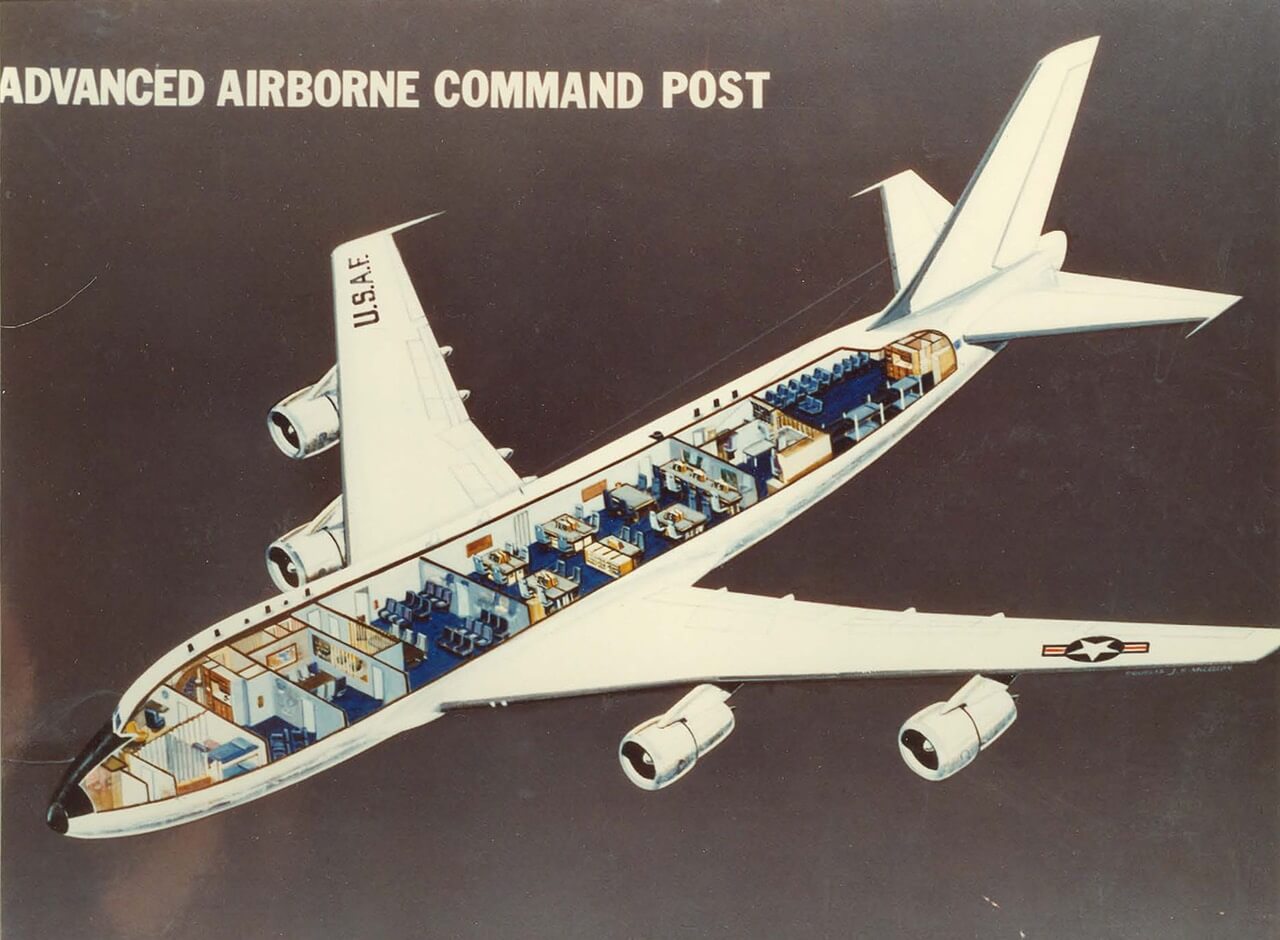- Get link
- X
- Other Apps
- Get link
- X
- Other Apps

Perhaps, one of our readers is familiar with the feature film "War Games", released in 1983? This film is about a computer "game", which has the potential to start a thermonuclear war. However, it turns out that this film is not a science fiction at all. It is actually based on the real events of 1979, when the programmers of the Command of the Air and Space Defense of North America (or abbreviated NORAD) almost started the Third World War, mistakenly launching a computer simulation of the nuclear attack by the Soviet Union.
Probably among our readers there are people who have heard about this story. But there are also those who could not hear about it. Therefore, we briefly describe the essence of the events that took place at that moment in time.
Early on the morning of November 9, 1979, Zbigniew Bzezinski, who served as national security adviser in the government of President Jimmy Carter, was awakened by a terrible phone call. According to information received by NORAD, the Soviet Union launched 250 intercontinental ballistic missiles in the direction of America. After the first bell, Bzezhinsky's phone rang again, and NORAD staff reported that 2200 missiles had already been launched. This was a moment that every American who lived during the Cold War feared, and the US government had no opportunity (or desire) to notify his people about the imminent death of the whole world.
According to the portal Gizmodo, which brings a short version of this story, Bzyzynski did not even wake up his sleeping wife. He understood that everyone he had ever known would soon perish, and therefore saw no point in disturbing her. The only thing he thought about before taking the next steps was a gloomy post-apocalyptic world that would soon be encountered by all mankind.
"I knew that if this message turns out to be true, then for about half an hour I, all my relatives and friends, the whole of Washington and most of America will be wiped from the face of the Earth. And I wanted to make sure that some people will perish with us for the company, "Bzezhinsky told his biographer in 2011.
In other words, Bziezhinsky wanted to make sure that if the attack of the USSR was a reality, then its consequences would be much greater than just a small hole in the background of the Earth. If the United States really threatened to end, America would try to take the "commune" with them.
However, before taking the next steps - until a direct call to the US president and the subsequent launch of a thermonuclear war - Bzezinski wanted to receive confirmation of the missiles sent to the US side. In the past, there were already false alarms, but this seemed more real. Fortunately, before informing President Carter, Bzyzynski received a third call informing him that none of the other security systems (other than NORAD) recorded the signals of this attack.
So what happened? And why did this happen? And the following happened: a computer program intended to simulate a nuclear war between the United States and the Soviet Union was filed through the NORAD network. As a result, the main computer NORAD, like all the people working in this network, took this event for a real attack from the enemy.

Illustration of an air command post. Image of the 1973 National Security Archives
Even though the president was not informed in real time and only learned about what happened after some time, many further actions could really provoke the outbreak of the Third World War. Ten American and Canadian fighters rose to the sky, facing missions that could change life on our planet for many and many generations ahead.
It should be noted that there is one ironic episode associated with this case. In the event of a nuclear war in the United States in the 1960s, a plan was developed. In the event of a threat, the president was supposed to board a special aircraft and give instructions on how to proceed from the air. The irony is that this aircraft (being a mobile air command center) in history with NORAD really took off, only without the president on board.
When the 1979 incident was first widely publicized in the American press, he tried to file it in such a way that in fact he did not represent any real security threat to the United States. Nevertheless, it became obvious from the same newspapers that the president was not informed in time about what had happened (which could at least somehow calm the public), not to mention the fact that in due time a national security adviser was informed, who decided in the end, stay at home and contemplate on the reciprocal measures and those whom he loves and loved.
In the book Cybersecurity: A Pre-history by Michael Warner's authorship, this incident is described on the side of a very correct comment: "Life imitates Art much more than Art imitates Life", written by writer Oscar Wilde.
"In the case of" imitation art of life "popular thriller" War Games "in 1983, very realistically adapts a similar scenario of events. President Ronald Reagan was so impressed by the film and Matthew Broderick, who played a young hacker who broke into the computer of the national security system, that he even mentioned the story at a meeting of members of Congress and the leadership of the American army. As for the expression "life imitates art", high school students from the city of Milwaukee under the inspiration of the same film organized a hacker group called "414" (according to the first figures of the city's telephone code) and proved in the summer of the same year that even ordinary schoolchildren can get access to unprotected protocols of military departments. "
How could you protect yourself from such possible false alarms, like the one that occurred in 1979? One solution was to build a test simulation center worth $ 16 million for NORAD to exclude the use of its internal networks to model potential threats. As indicated in the reports, this was an absolutely necessary measure of caution in order to exclude the possibility of false alarms again.
However, in the years that followed, false alarms from both the Soviet Union and the United States repeatedly continued. In 1980 alone, there were at least three such false reports.
The next one occurred on the night of September 26, 1983 in the USSR. Being on duty at the Serpukhov-15 command post, Lieutenant-Colonel Stanislav Petrov virtually stopped the outbreak of the Third World War. At that time, the Cold War reached its critical intensity. To the utmost, the situation was aggravated after the South Korean passenger Boeing-747, which had twice broken the airspace, shot down over the territory of the Soviet Union.
The command post of Serpukhov-15 received information from the Oko space surveillance system, launched a year earlier. If there was a threat of a missile strike, the government of the country was immediately notified, after which it would take a decision on further action and retaliatory strike.
So, that night Petrova's computer informed about the launch of intercontinental ballistic missiles (ICBMs) from the American base towards the USSR. However, quickly analyzing the situation, Petrov decided that it was a mistake and a false alarm system. The fact is that the computer showed that the "launches" were made only from one point and consisted of only a few ICBMs. As it became known later, the cause of the false operation of the system was the illumination of the satellite sensors by the sunlight, which was reflected from the high-altitude clouds. After this incident, the space system was modernized to avoid such false alarms.
It is interesting here that due to the military and political secrecy about the incident, it became widely known only in 1993, when the brief history of these events was published by the commander at the time of the incident of the anti-missile and anti-space defense forces of the USSR, Yu. V. Votintsev. In 2006, Stanislav Petrov was invited to the UN headquarters, where he received a special award from the international organization "Association of World Citizens" with an engraved inscription: "A Man Who Prevented a Nuclear War".
In the modern world, the two stories described above become especially relevant when it comes to games with artificial intelligence. I would not like to live in a world where the machine will have to answer the question about how the virtual world differs from reality. In my humble opinion, the only possible answer is: but is this difference there?
Good advice: play chess better!
The article is based on materials .
- Get link
- X
- Other Apps
Comments
Post a Comment